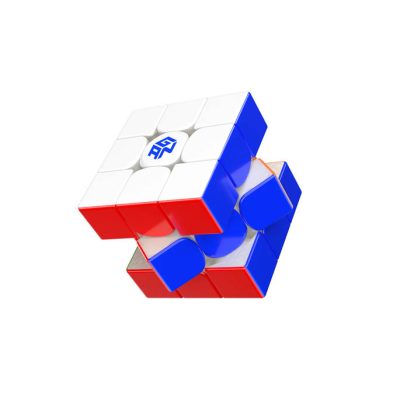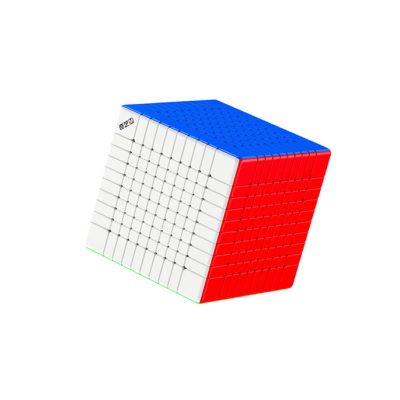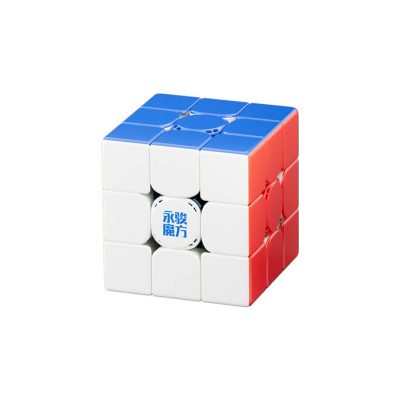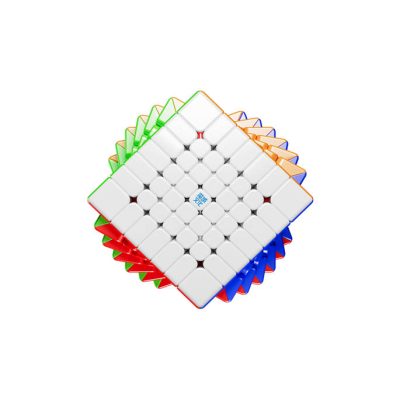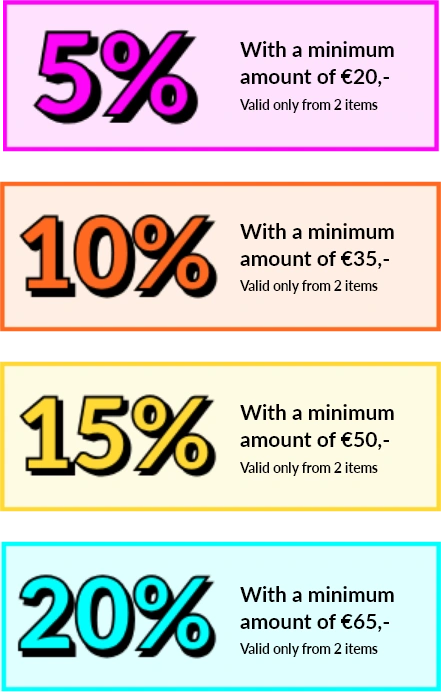-
 Dave Vinke
Dave Vinke
- Leestijd: 5 min
- Laatst geüpdatet: 29/08/2025
The difference between static and dynamic model building lies primarily in functionality and the end result. Static model building focuses on creating fixed scale models purely for display, such as aircraft, cars, or buildings without moving parts. Dynamic model building, on the other hand, incorporates working components, motors, or mechanisms that allow your model to move, drive, or fly. The choice between both depends on your interests, skills, and budget.
What are the key characteristics of static and dynamic model building?
Static model building revolves around creating detailed, non-moving scale models. These models are perfect for display in cabinets or on shelves. You might build historical aircraft, classic cars, ships, or architectural structures. The end result is a work of art that you can admire from all angles, but cannot make move or function.
Materials for static model building range from plastic and wood to metal and resin. You primarily work with glue, paint, and detailing products to make your model as realistic as possible. The complexity depends on the number of parts and scale, with some models consisting of thousands of small pieces.
Dynamic model building takes it a step further by adding moving elements. Think of working cranes with hydraulic systems, running trains on model railways, or radio-controlled aircraft and drones. These models contain motors, servos, batteries, and electronic components that bring the model to life.
Building dynamic models requires more technical understanding because you need to consider weight distribution, motor power, and control systems. The materials are often lighter and stronger to enable movement, and you work with additional components like gears, axles, and electronic circuits.
What skills do you need for static versus dynamic model building?
For static model building, you primarily need precision and patience. You must be able to accurately position, glue, and paint small parts. Important skills include reading assembly instructions, working with different types of adhesives, and mastering painting techniques like dry brushing, washing, and weathering. A steady hand and eye for detail are also crucial for applying decals and detailing your model.
The learning curve for static model building is quite accessible. You can start with simple snap-fit models that assemble without glue and gradually progress to more complex projects. Time investment varies from a few hours for a basic model to hundreds of hours for a detailed masterpiece.
Dynamic model building requires technical insight in addition to basic skills. You need to understand how electric motors work, how to connect cables, and how to troubleshoot problems. Knowledge of basic electrical engineering helps when installing lighting, sound modules, or motion sensors. Mechanical understanding is also important to grasp how gear transmission works and how to make moving parts operate smoothly.
Learning dynamic model building takes more time because you need to master various disciplines. Besides the actual building, you also need to learn programming (for digital control), adjusting servos, and balancing propellers or wheels. The reward is great when your model successfully moves or flies for the first time.
What does static model building cost compared to dynamic model building?
Initial costs for static model building start relatively low. A basic kit costs between 15 and 50 euros, depending on size and complexity. The required tools consist of a hobby knife, tweezers, files, and cutters, which you can get complete for about 30 to 50 euros. For painting, you need brushes and paint, with a starter set costing around 40 euros.
Ongoing costs for static model building are limited. You regularly need new paint, glue, and weathering products, but these last a long time. A 5-euro pot of paint can be used for multiple models. The biggest expense is often the models themselves, with detailed kits from premium brands costing over 100 euros.
Dynamic model building has higher startup costs. A basic radio-controlled model starts around 100 euros, but for quality you quickly pay 200 to 500 euros. The transmitter alone often costs 50 to 150 euros. Additionally, you need batteries, chargers, and spare parts, which significantly increases the initial investment.
Ongoing costs for dynamic model building are also higher. Batteries wear out and need replacement (20-50 euros each), parts break during crashes or intensive use, and upgrades for better performance are tempting. Fuel for nitro models or new propellers for drones are also recurring expenses. Budget-conscious hobbyists can save money by starting with simple electric models and gradually expanding.
How do you choose between static and dynamic model building as a beginner?
The choice between static and dynamic model building depends on various practical considerations. Available space plays a major role: static models can be placed in a display case or on a shelf, while dynamic models need room to move. For aircraft and cars, you need a field or track, for boats a pond or lake.
Your available time is also important. Static model building can be done at your own pace, an hour here and there. You can leave the project for months and pick it up later. Dynamic model building requires more continuous time, especially for maintenance, charging batteries, and actually using your model.
For beginners, excellent starter sets are available. In static model building, you can start with a Revell or Airfix starter set including paint and brushes. For dynamic model building, RTR (Ready-To-Run) models are ideal, where everything is already installed and you only need to charge batteries.
Your personal preference ultimately determines the choice. Do you enjoy calm, precision work and creating a work of art? Then static model building suits you. Are you more into action, technology, and experiencing your creation? Then dynamic model building is your thing. A good tip is to attend a workshop or demonstration first before making large investments.
Where do you find the best model building sets for your project?
Finding quality sets starts with choosing reliable brands. For static model building, Tamiya, Revell, Airfix, and Italeri are well-known names with consistent quality. For dynamic model building, you can look at Traxxas, Horizon Hobby, and Kyosho. Pay attention to the scale (1:72, 1:48, 1:24) and difficulty level, often indicated with stars or skill levels.
The difficulty level is important to prevent frustration. Beginners should start with level 1 or 2 models with fewer than 100 parts. Advanced builders can find challenge in level 4 or 5 sets with hundreds of parts and complex detailing. For dynamic model building: start with robust, easy-to-repair models before investing in high-end racing machines.
When searching for model building sets, it’s helpful to consult a specialist. We have an extensive range of model building sets for various levels and interests. Whether you’re looking for a first project or a challenging build set, we’re happy to help you make the right choice.
An additional advantage with us is that you automatically receive discounts when ordering multiple items. This is ideal when you want to try different sets or purchase all necessities directly. More information about these discounts can be found on our terms and conditions page. This way, you can affordably start your new hobby or expand your collection.
Frequently Asked Questions
Can I later convert a static model to a dynamic model?
Converting a static model to dynamic is technically possible but often not practical. Static models are built with heavier materials and without space for motors or electronics. It's better to choose a dynamic building kit from the start that's specifically designed for moving parts, with proper weight distribution and reinforcements at critical points.
Which model building club or community should I join as a beginner?
Look for local model building associations through the Dutch Model Building Federation (NMF) or join online communities on Facebook and model building forums. For static model building, Modelbouwforum.nl and IPMS Netherlands are good starting points. Dynamic model builders can connect with RC clubs for their specific discipline (cars, aircraft, boats). Many clubs organize open days where you can get acquainted with the hobby.
How do I avoid the most common mistakes in my first model building project?
The biggest beginner mistakes are: working too fast (always let glue dry completely), not test-fitting parts before gluing, and starting with an overly complex model. Begin by dry-fitting all parts, read the instructions completely before starting, and invest in good basic tools. For dynamic models: test all electronics before final assembly and always check wiring polarity.
What's the best workspace for model building at home?
A good workspace has bright daylight or a desk lamp with 5000K LED lighting, ventilation for paint fumes, and a flat table of at least 60x40 cm. Use a cutting mat for protection and invest in storage containers for small parts. For dynamic model building, you need extra space for test setups and tools like soldering irons. A separate room where you can leave projects is ideal, but a fold-away workspace in a cabinet can work well too.
How much time should I reserve for maintaining dynamic models?
Plan on 15-30 minutes of maintenance per 2-3 hours of use for electric models: cleaning, lubricating moving parts, and charging batteries. Nitro models require more time due to engine maintenance and fuel management. Clean models after each session, check for loose parts, and store batteries properly. A maintenance log helps replace worn parts on time and prevent expensive repairs.
What insurance do I need for dynamic model building?
For RC aircraft and drones over 250 grams, liability insurance is mandatory in the Netherlands. This covers damage to third parties and is often included with model building association membership (approximately €25-50 per year). For RC cars and boats, insurance isn't mandatory but is recommended when used in public spaces. Also check if your home contents insurance covers expensive models against theft or damage at home.
Can I make money with model building as a hobby?
There are various ways to recover costs: building models on commission (€50-500 per model depending on complexity), selling self-built models at fairs or online marketplaces, or giving workshops. For dynamic model building, consider demonstrations at events or filming your models for YouTube. Start it as a hobby and see income as a nice bonus, as making a living from model building alone isn't achievable for most people.
Table of contents
Much viewed
More blogs
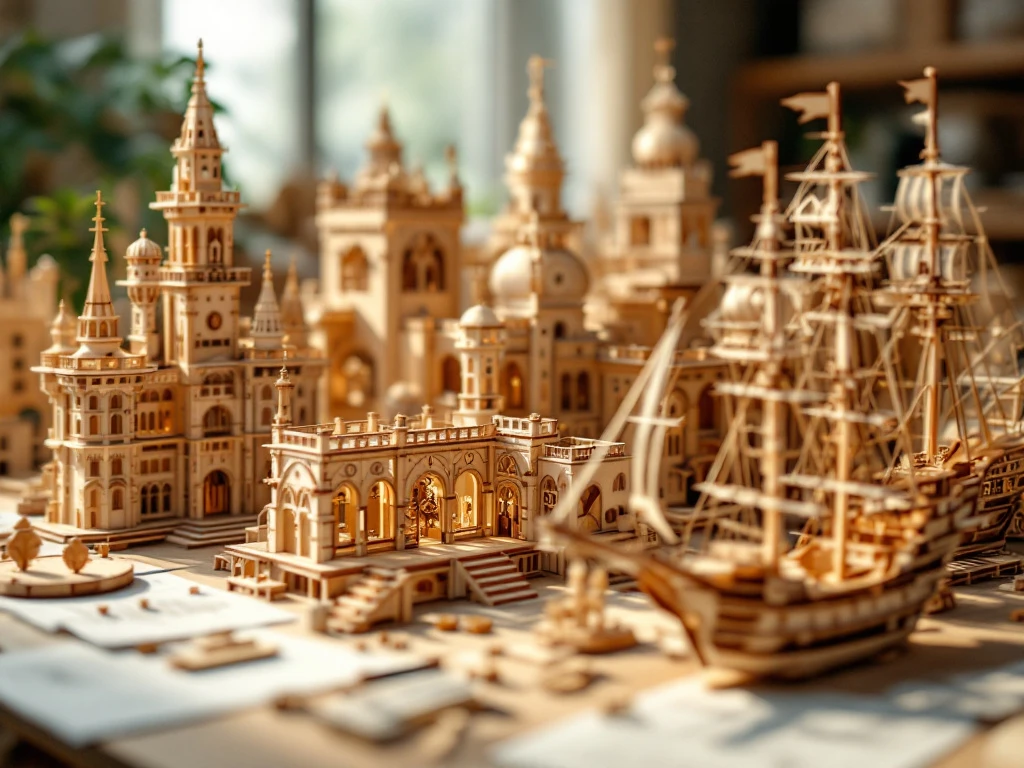
What complex wooden building kits are available?
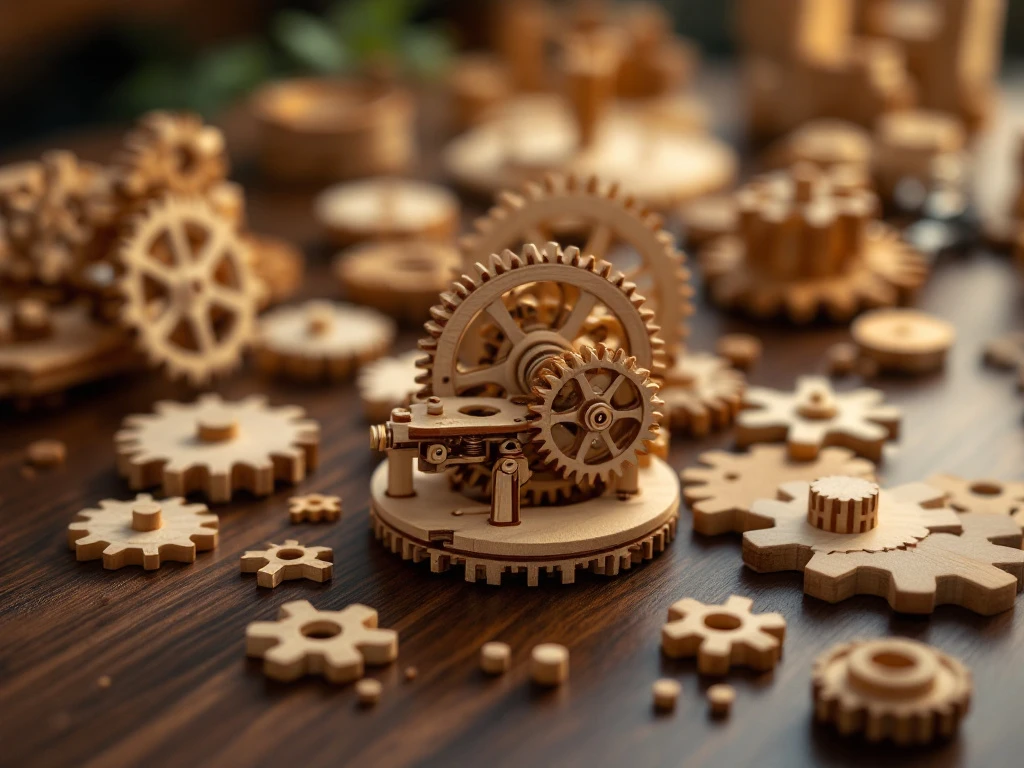
Which wooden building kits are suitable for adults?
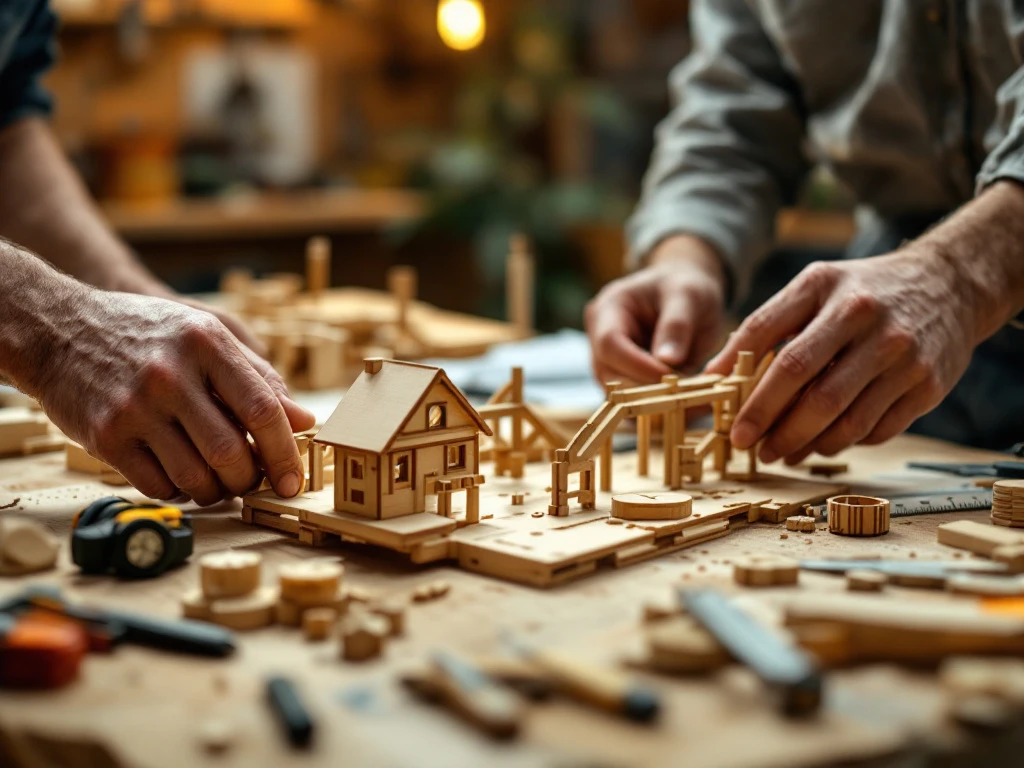
How do you prevent accidents with wooden building kits?

